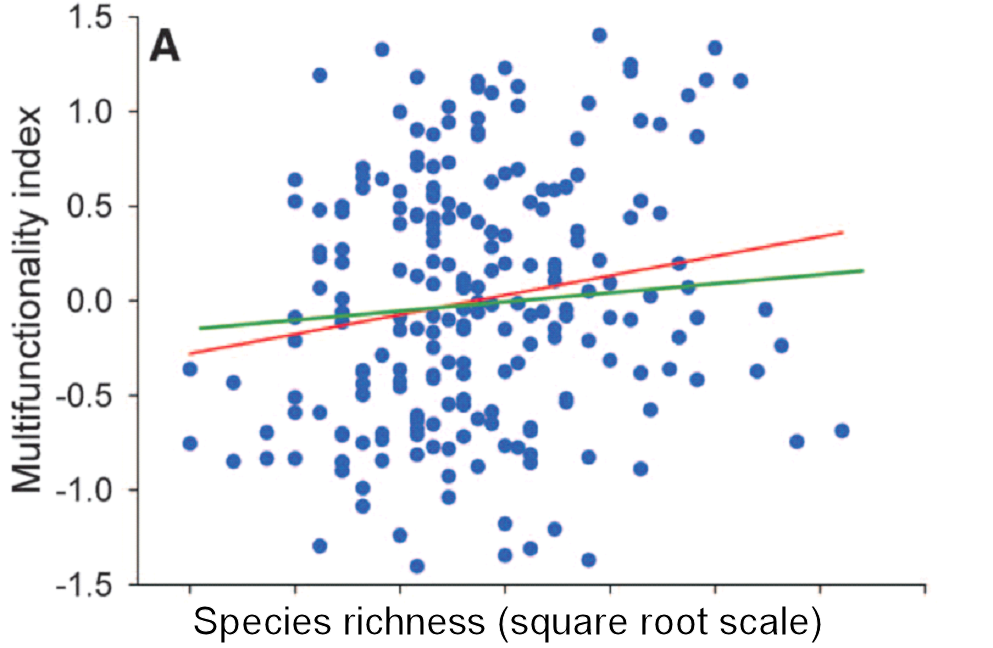While listening to the reports on the COP 15 meeting in Montreal I began thinking that one way to look at conservation science and action is to think of it in 5 stages. So I decided to put out this discussion of how we might view all the conservation news.
Stage 1: Recognize the Issue
The most important issue is to make both scientists and the general public aware that there is a large problem with the conservation of the Earth’s biota. We start with having to convince all that biodiversity does not mean dangerous animals and plants. This stage would be simple for anyone who has taken a good biology course in school, but we still find that some people fear the “environment” because it is synonymous with spiders and alligators and bears and wolves. One might think that children’s books involving cute or anthropomorphised animals would make them less susceptible to this worry, but this does not work for all who have read “The Big Bad Wolf” and Little Red Riding Hood. So education about animals and plants should begin to point everyone toward conservation.
Stage 2: Become Concerned
People see that animals die from a great array of problems, and this connects to the human world where people get ill and pass away or become injured in a car accident. Depending on what their interest is, concern about this leads to interventions such as the feeding of birds and other wildlife on the assumption that they cannot take care of themselves. These worries generate a concern in many to protect wildlife on the unfounded assumption that without human interference, all would disappear.
Stage 3: Demand Action
By this stage wildlife and fishery scientists have begun doing many excellent studies on how some populations of wildlife are in serious trouble. The crux at this point is that often the origin of these problems are human actions in cutting down forests, clearing land for agriculture and housing, and polluting the general environment. The problem is people do things related to “progress” and then find it is killing wildlife. If you need an example, think DDT or seismic lines. The public grows more aware and demands conservation action. These demands are translated into small amounts of government action with large amounts of publicity.
Stage 4: Achieve Action
The consequences of the human exploitation of the earth’s resources begins to bite, largely driven by climate emergencies. Much pressure from NGOs and even business people starts to result in action. Wildlife and fisheries agencies make progress but almost always on the scale of single species management often constrained by state or provincial boundaries. Who is in charge of this mess? Biodiversity becomes the cry of the age, and even the New York Times begins to realize that the Earth consists of more than human beings. But while there is more talk, there is less understanding because of the shouting of people who know very little about these conservation issues and how tangled they are. It is important to appear to be on the side of the angels, so progress is slower than one would like.
Stage 5: Understand the Problem
We have barely entered this stage. To be sure ecologists have been at this Stage for many years with reasonable understanding of how to ameliorate conservation problems, but still too few powers that be are convinced, so that we continue to provide subsidies to oil and gas companies that are busy destroying the earth. Subsidies can go in good or bad directions, but few of us can comprehend the volumes of money being committed to subsidies in all directions. We hear promises to achieve X by 2030, and Y by 2050, and still we believe these when we can just look up and see that few of the promises of the last 30 years have been achieved. Few beyond ecologists understand that it is communities and ecosystems that must be protected but almost all our conservation efforts now operate on single species of ecological beauty. Think rhinos.
One hopes for Stage 6 to come to be, but only a small sign of that progress is so far in sight. If only we could convince everyone that conservation issues ought to be treated with the urgency and the funding that COVID has obtained, we could press ahead with more serious conservation objectives. But it is more than declaring that we should protect 30% of our wild areas. Even if we can achieve the 30% goal in the next 8 years, it is but a start toward understanding the stewardship of the Earth if we do not know how the machinery of nature works. Alas, it is a long road ahead being driven by humans who are short-sighted. Can we avoid Plus ça change?
